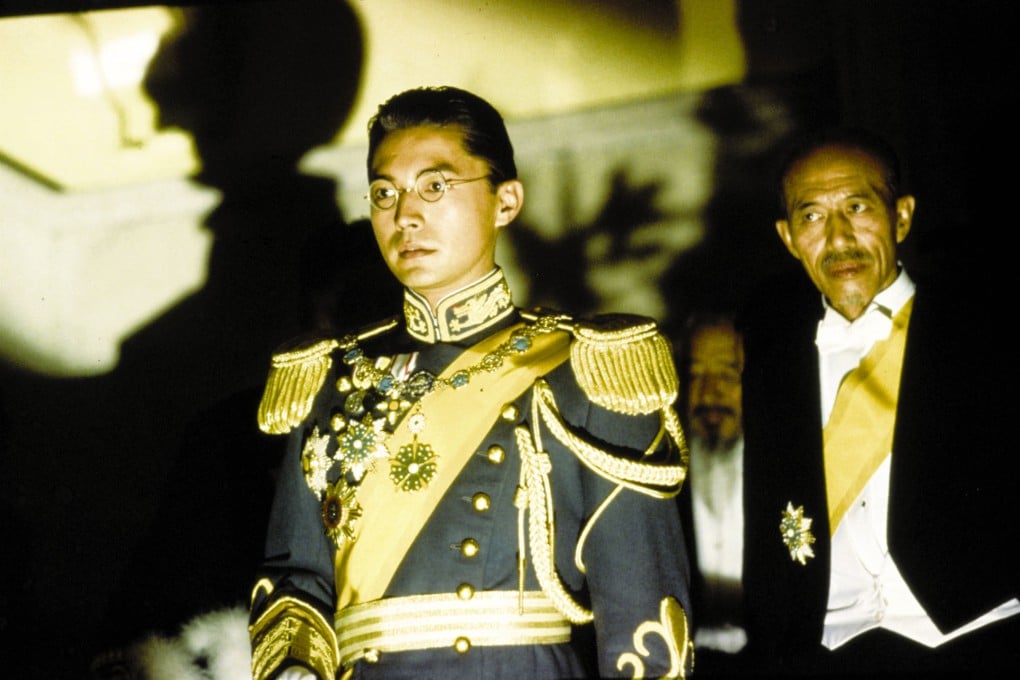How The Last Emperor opened doors for more China co-productions and offered a balanced view of its complicated past
- Bernardo Bertolucci’s 1987 epic was the first to be made with the Chinese government’s support, and the first allowed to shoot inside Beijing’s Forbidden City
- It portrayed the life of China’s last monarch, Puyi, and has been hailed for its frank insights on the political history of China

Bernardo Bertolucci’s The Last Emperor (1987) is a film of many firsts.
An epic drama about the life of China’s last monarch, Puyi (1906-1967), it was the first Western movie to explore modern Chinese politics in detail; the first to be made with the Chinese government’s support; and the first allowed to shoot inside Beijing’s Forbidden City.
It also won Oscars for all nine of the categories in which it was nominated, a record only beaten by The Lord of the Rings: The Return of the King, which won 11 out of 11 in 2003.
Although not an official co-production – the US$25 million budget was raised independently by producer Jeremy Thomas from outside China – the film pioneered a mode of international cooperation that would flourish in years to come.
After all, you don’t get much more cosmopolitan than a film directed by an Italian, produced by an Englishman and shot in Asia – in English.
We first meet the forty-something Puyi (John Lone) as he arrives at Fushun Prison, a “management centre” for war criminals, in 1950. The film then cuts back to his youth in the Forbidden City in the early 1900s, where the young Puyi (played at different ages by Richard Vuu, Tijger Tsou and Wu Tao) is crowned emperor and confined to the palace as new regimes rise and fall around him.